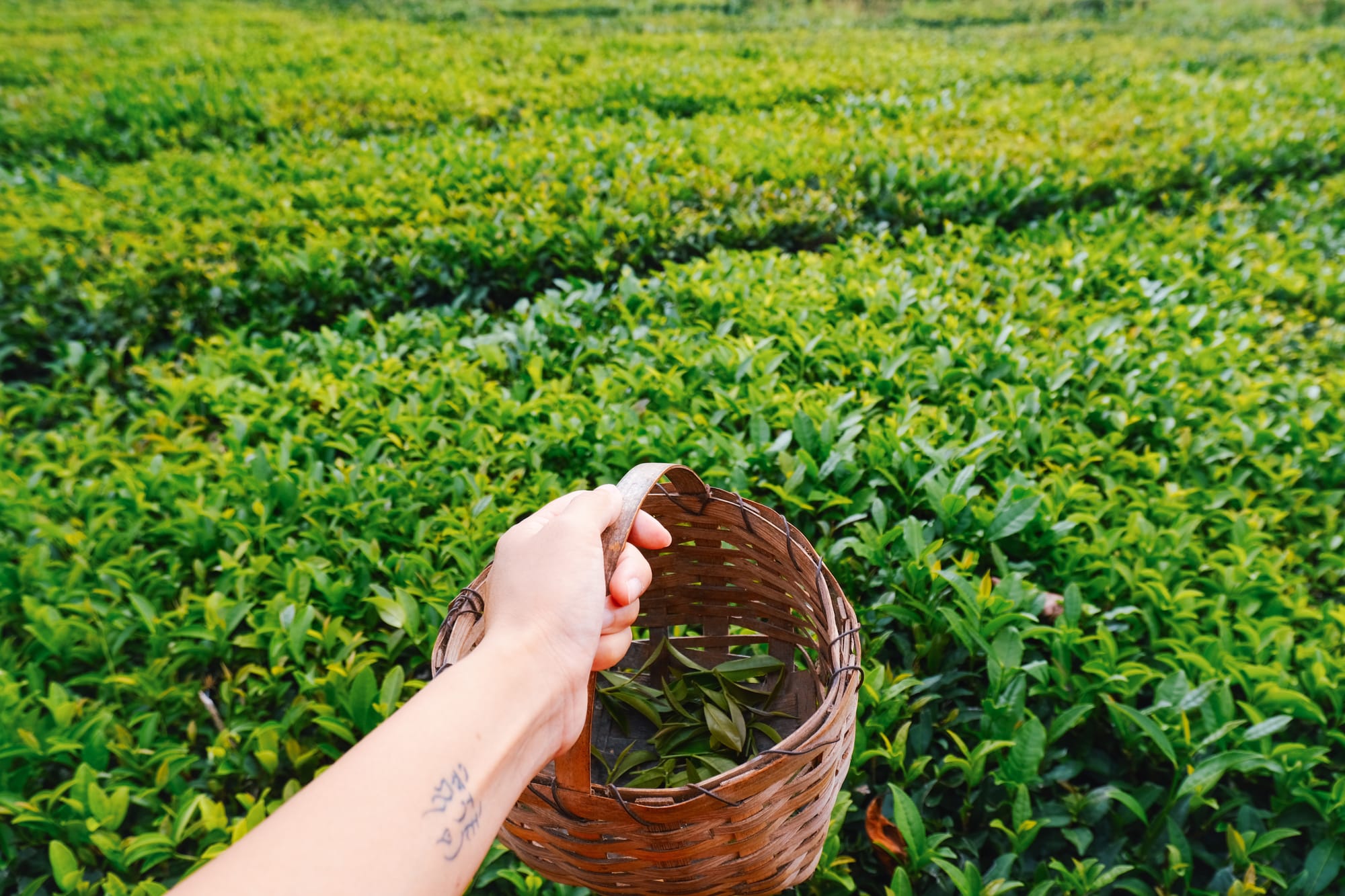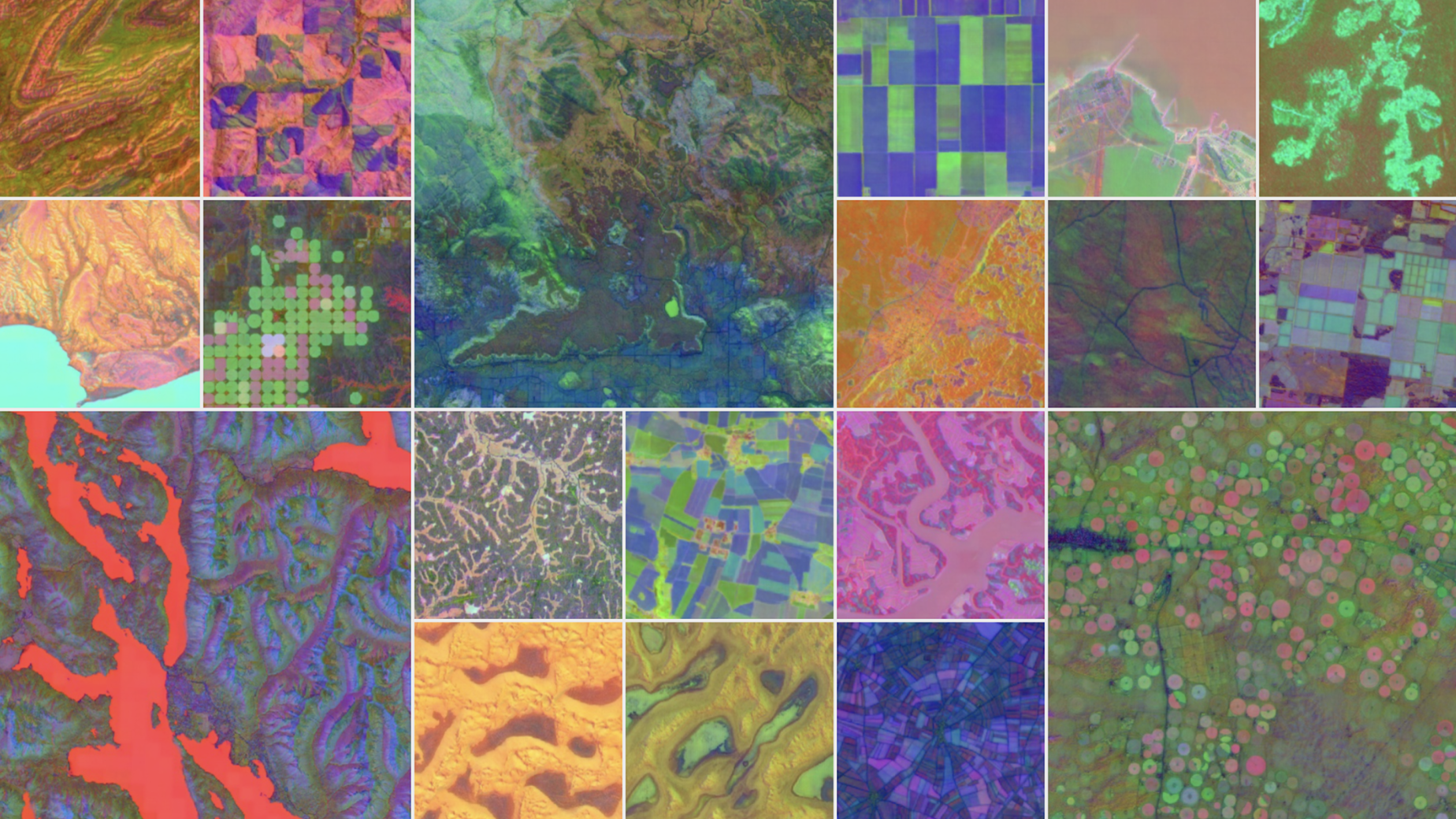2 System Shifts
I. TIME100: AI Shaping Planetary Futures 🌍
TIME reveals the third annual TIME100 AI list, recognising the 100 most influential people in artificial intelligence, marking a cultural shift in how society recognises AI's role. This year's spotlight on conservation and climate applications signals growing interest in AI's potential in shaping the regenerative future.
TIME highlighted AI’s potential in tracking wildlife. Wildlife Insights, born from collaboration between the World Wildlife Fund, Google, and others, scans millions of camera trap images with 99.4% accuracy. "The threats that are facing biodiversity are so great," says WWF's Abby Hehmeyer. "This tool allows us to react at the speed that these threats come at us." In March, they open-sourced the tool, trained on 65 million images, making it available to conservationists worldwide.
Similarly, mapping earth was recognised as AI’s key potential, with AlphaEarth Foundation’s AI model acting like a "virtual satellite", fusing optical, thermal, radar, climate, and other data to accurately characterise Earth's terrestrial land and coastal waters. Christopher Brown, senior research engineer at Google DeepMind, explains the resulting unified dataset "gives scientists and researchers a globally consistent understanding of the planet." Already in use by over 50 organisations, Brown is optimistic that removing barriers to entry could lead to "an explosion in earth science."
The list also recognises MIT Assistant Professor, Climate Change AI co-founder Priya Donti for her work in designing machine learning algorithms for power grid decarbonisation to streamline renewable energy integration into power grids.
The Shift: When mainstream media elevates AI applications shaping the planetary future, it signals a broader shift — growing interest in the potential of emerging technologies including AI to drive regenerative and resilient future for our planet at the speed and at scale. 🤖
II. From Invisible to Invaluable: When Financial Markets Recognise Nature's Value 🌳
For decades, the global economy has treated the natural systems, whether it is carbon sequestration, water filtration, or pollination, as free inputs, invisible to financial markets. This systemic undervaluation has created a stark imbalance: in 2022 alone, nearly $7 trillion flowed into nature-negative activities whilst only $200 billion invested in nature-positive initiatives, of which less than 20% originated from private sources. Now, this freshly released report Finance Solutions for Nature: Pathways to Returns and Outcomes by the World Economic Forum, in collaboration with McKinsey, outlines ten priority financial solutions capable of mainstreaming nature in capital markets.
The shift manifests across multiple instruments. Sustainability-linked bonds now tie sovereign interest rates to ecosystem outcomes — Uruguay's $1.5 billion bond links financial terms to achieving a 4% increase in native forest cover. Debt-for-nature swaps are scaling rapidly; Ecuador's 2023 swap converted $1.1 billion of debt to generate $323 million in funding over 18.5 years for Galápagos conservation. The UK's Biodiversity Net Gain scheme creates statutory markets requiring developers to deliver 10% biodiversity net uplift. Natural Asset Companies (“NAC”) emerge as a new asset class, with the Indigenous-led Boreal NAC managing over 1 million acres of native-owned land, translating nature’s holistic value into today’s economy.
Meanwhile, impact funds focused on nature represent the fastest-growing category, with individual funds ranging from $20 million to over $1 billion. Environmental credits evolve beyond carbon to include biodiversity and water quality, whilst Payments for Ecosystem Services schemes have unlocked up to $42 billion annually across 550 initiatives worldwide.
The Shift: Efforts are emerging in developing a comprehensive toolkit to finance nature — from bonds to credits to entirely new asset classes. This is not about commodifying nature, but recognising that over half of global GDP depends on nature's services. This is about system shift, and reframing conservation efforts to unlock investment in nature. 💚🌳
What if technology and finance learn to serve in alignment with lives of all kinds on this planet, and recognise that we are all interdependent? 🌱

3 Field Stories
I. India: World’s First Aloe-Based Battery Technology 🔋
What began as agricultural waste from aloe vera farming has become the world's first aloe-based battery technology, as Aloe Ecell transforms discarded plant matter into sustainable energy storage.
The startup addresses both e-waste and agricultural waste through one innovation: India's aloe vera farmers discard 98% of harvested plants after extracting gel for cosmetics and pharmaceuticals, whilst global e-waste reaches 50 million tonnes annually with batteries contributing significantly to toxic pollution. Aloe Ecell's patented technology uses aloe vera extract as an electrolyte in non-hazardous batteries that are 99% recyclable and biodegradable, eliminating toxic materials like lithium, cobalt and acids found in conventional batteries.
Their batteries demonstrate comparable performance to traditional options whilst costing less than lithium-ion alternatives.
The Impact: Recognised by UNIDO ITPO and Government of India, Aloe Ecell has developed 15 battery variants with plans to scale production to 50,000 units. By converting agricultural waste into clean energy storage, they are creating circular economy solutions that benefit farmers through additional income streams whilst addressing the mounting e-waste crisis. 🌿
II. UK: Where Enzymes "Un-bake" Fashion's Plastic Problem 🧬
In London, Epoch Biodesign is engineering enzymes that “un-bake” plastics, turning plastics back into the chemical compounds used to make it, unlocking infinite recycling applications for materials that would otherwise go to landfill or incineration. Founded by Jacob Nathan (CEO), whose journey began with a high school science project in 2019, the startup has raised $34 million in funding to date.
Using machine learning, Epoch has designed enzymes for the three major plastic groups, capable of breaking down not just synthetic textiles but packaging and other plastic waste. Their AI platform accelerates enzyme development from the typical 5-10 years to just months, making biological recycling economically viable at industrial scale.
The company's first demonstration facility, set to be operational by the end of 2025, is expected to be capable of processing 150 tonnes of waste annually. This addresses fashion's mounting crisis where polyester, nylon and mixed synthetic fibres resist traditional recycling, instead persisting for centuries in landfills.
The Impact: Epoch's biorecycling platform unlocks circularity for the toughest to recycle materials, could transform how industries handle the 350 million tonnes of annual plastic waste. With commercial-scale production expected by 2028, they are creating circular systems where synthetic materials become infinitely recyclable, offering a path where past plastic pollution products sustainable outputs for use in apparel, automotive, packaging and more ♻️
III. Ecuador: Where Shuar Wisdom Seeds Climate Resilience 🌱
In Ecuador's Amazon Basin, the Shuar community of San Luis Ininkis transforms ancestral knowledge into climate solutions through innovative agroforestry and reforestation initiatives, and combining traditional knowledge with modern technology.
The community's Iwiakma Araatá (Seed Life) nursery, established six years ago by Clareth Ankuash, cultivates over 100 native plant species. These seedlings restore degraded territories whilst strengthening cultural continuity through distribution to local families.
Central to their approach is the chacra, a traditional agroforestry system that integrates crops with fruit trees and medicinal plants, creating carbon-storing soils unlike Ecuador's widespread monocultures. The Shuar ("people of the waterfall") have enhanced this ancestral practice with modern tools through Fundación EcoCiencia's support since 2021, using drones and satellite imagery to monitor deforestation threats.
The Impact: San Luis Ininkis demonstrates how Indigenous communities bridge traditional ecological knowledge with innovations and technology for climate adaptation. Their nursery network restores both forest cover and cultural heritage, with each native plant strengthening ecosystem resilience. As community leader Santiago Yankura told Dialogue Earth: "With our hands and our knowledge, we are sowing a better future." 🌿
Emerging Pattern
From India's aloe waste powering clean batteries to UK enzymes turning plastic pollution to sustainable materials, and Ecuador's Shuar combining ancestral wisdom with satellite technology – the thread connecting these innovations: they reimagine "waste" as misplaced resources, using technology to unlock value that nature always held with circular possibilities.✨
1 Mindful Moment

"Dear Mother Earth,
I bow my head before you as I look deeply and recognise that you are present in me and that I’m a part of you. I was born from you and you are always present, offering me everything I need for my nourishment and growth. My mother, my father, and all my ancestors are also your children. We breathe your fresh air. We drink your clear water. We eat your nourishing food. Your herbs heal us when we’re sick.
You are the mother of all beings. I call you by the human name Mother and yet I know your mothering nature is more vast and ancient than humankind. We are just one young species of your many children. All the millions of other species who live—or have lived—on Earth are also your children. You aren’t a person, but I know you are not less than a person either. You are a living breathing being in the form of a planet.
Each species has its own language, yet as our Mother you can understand us all." — Thich Nhat Hanh
One invitation: How often do we ask life and the Earth for more? And how often do we recognise the miracles and abundance already present — the plants, the soil, the water, the rock or the air? Perhaps recognising what exists right in front of us, unlocks what we are seeking.✨
